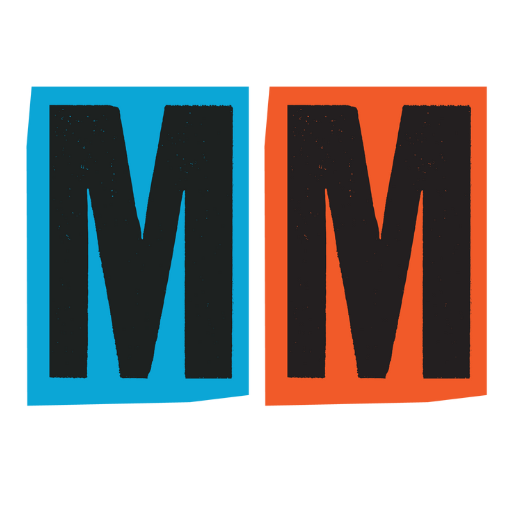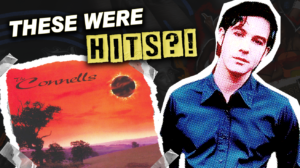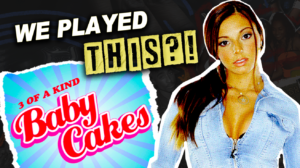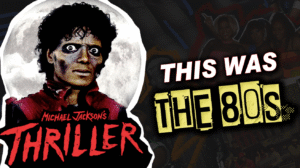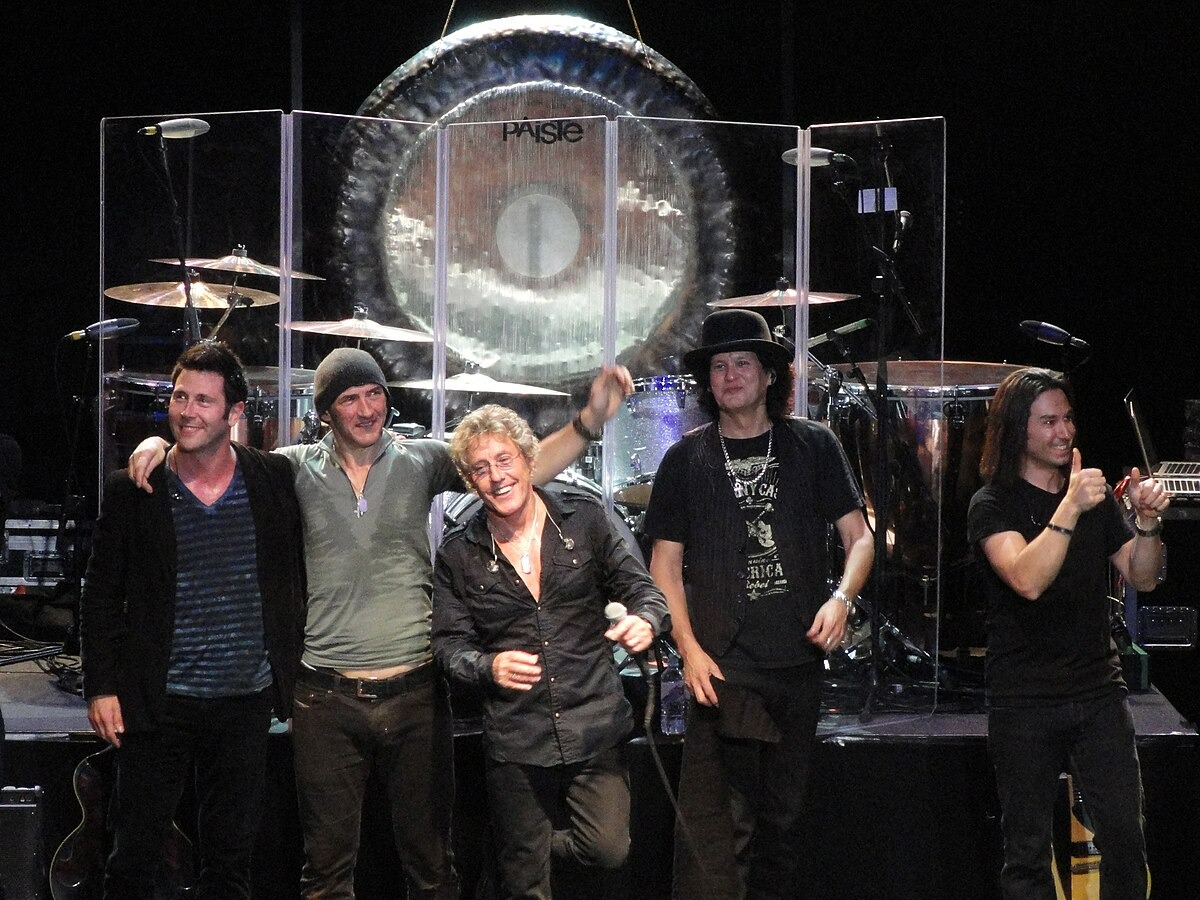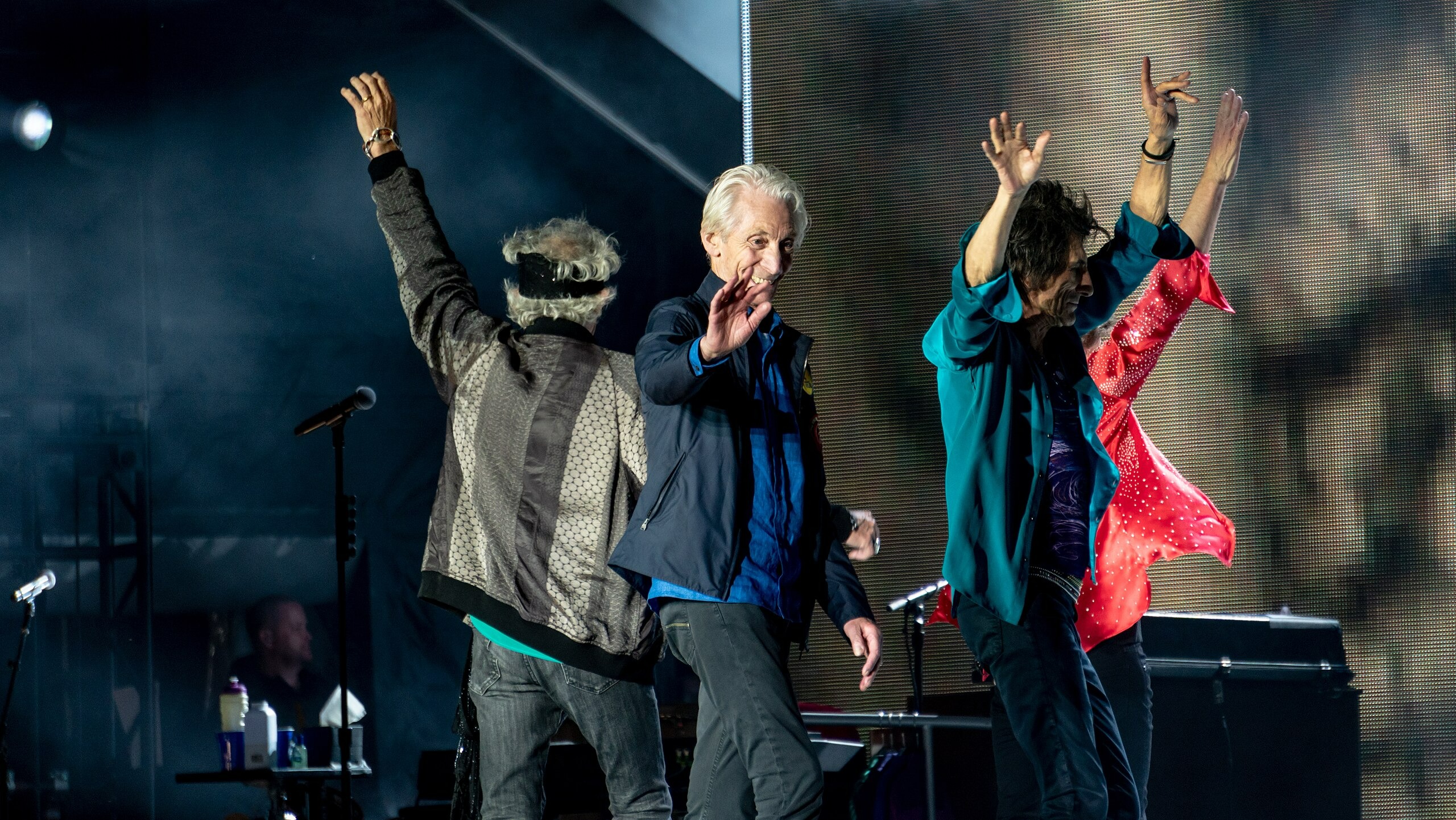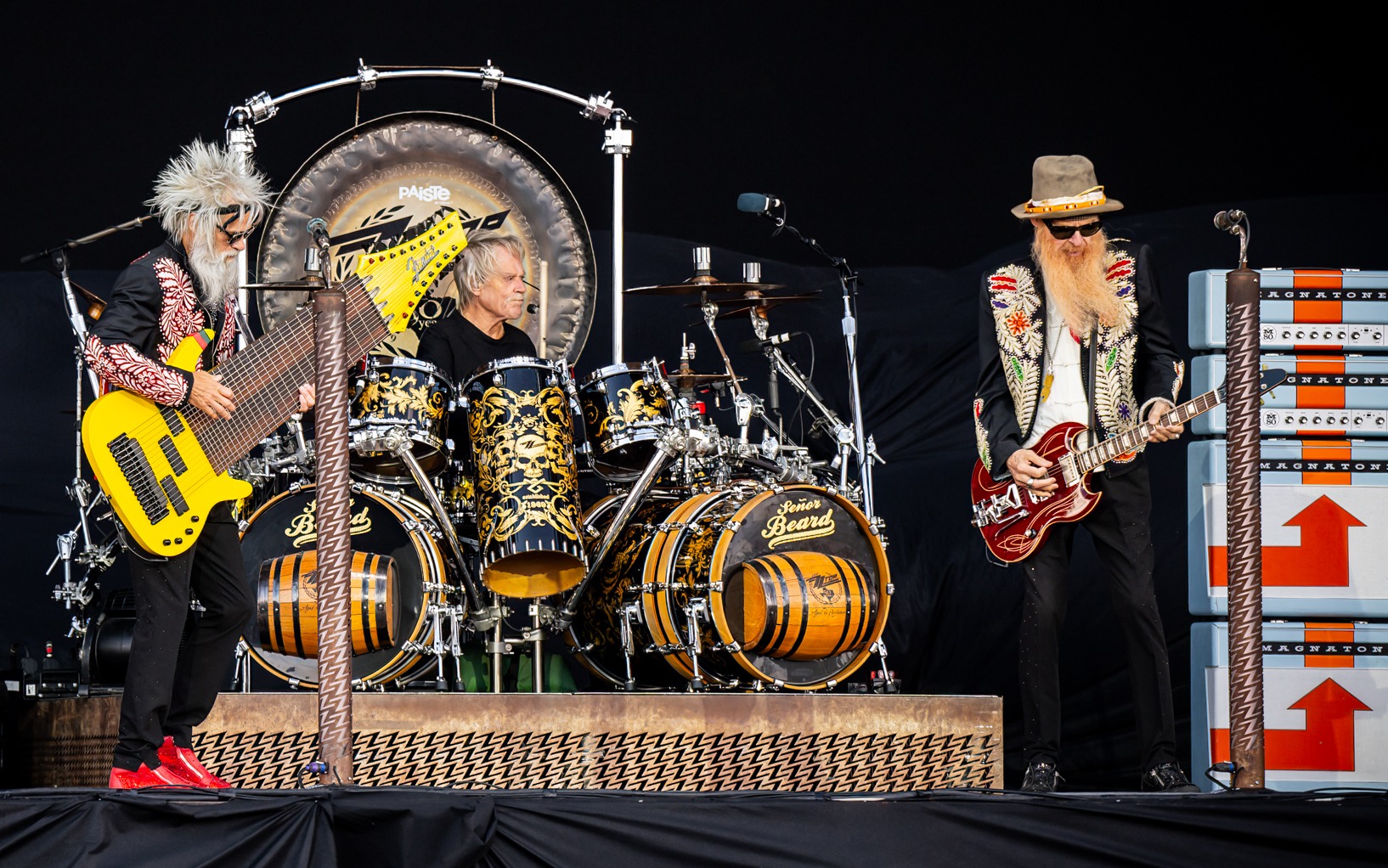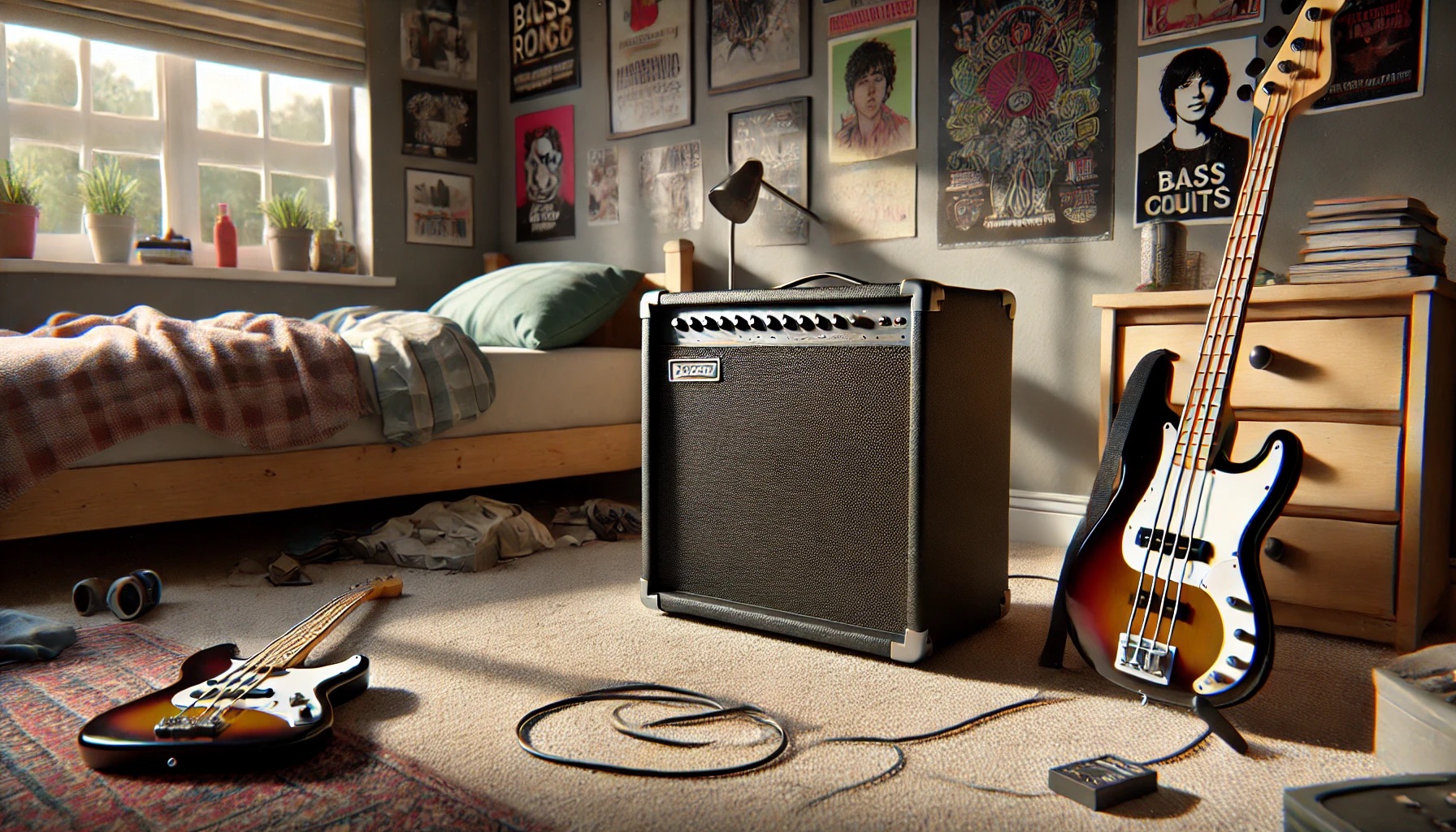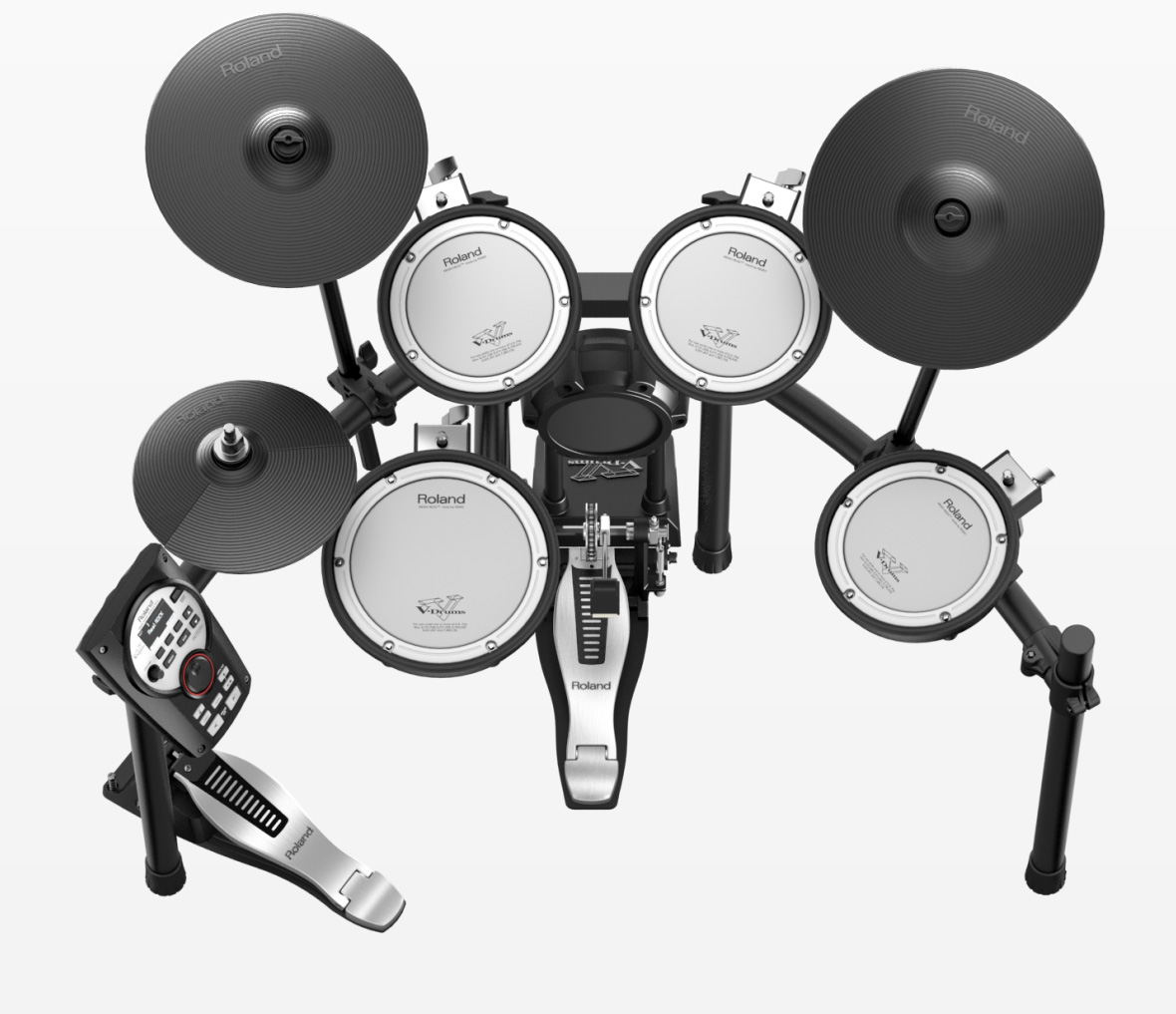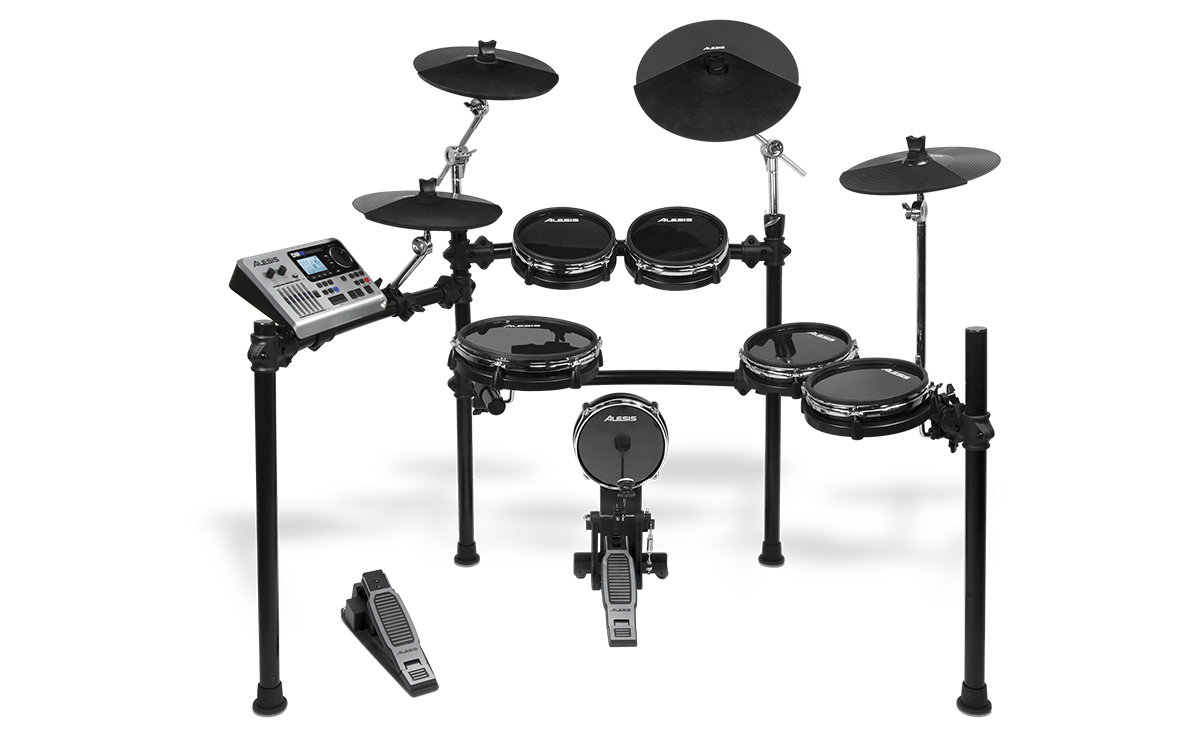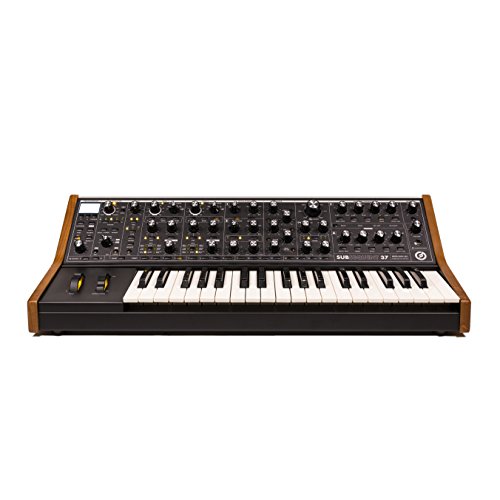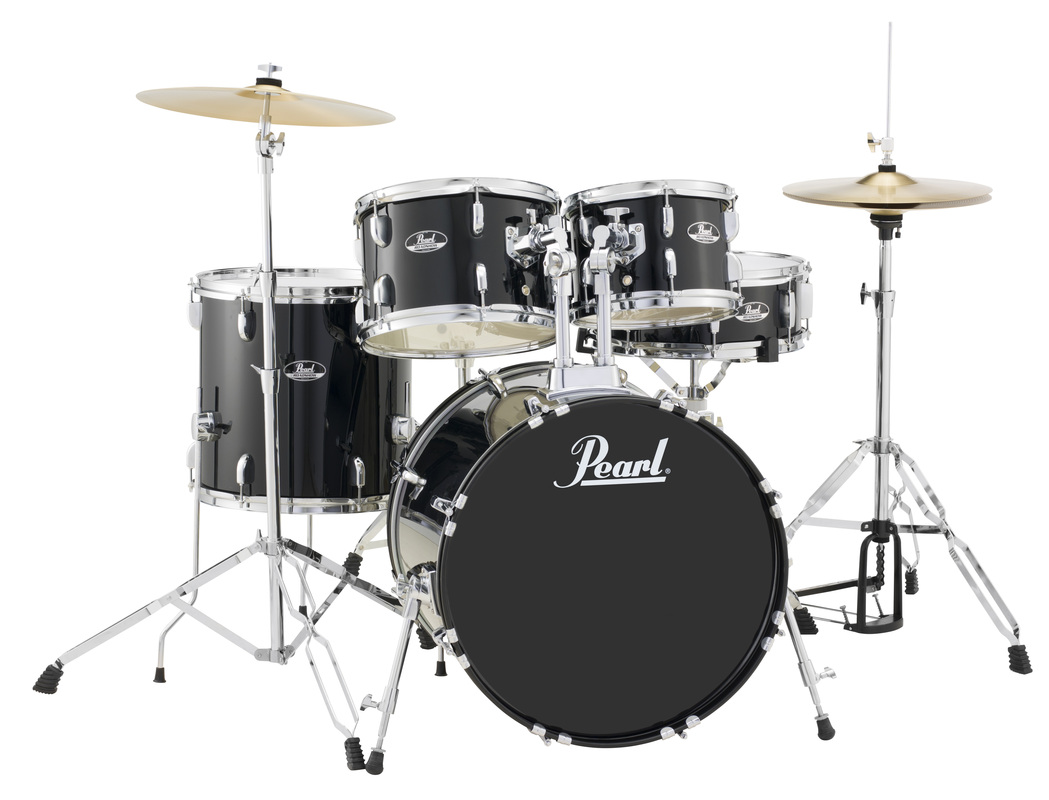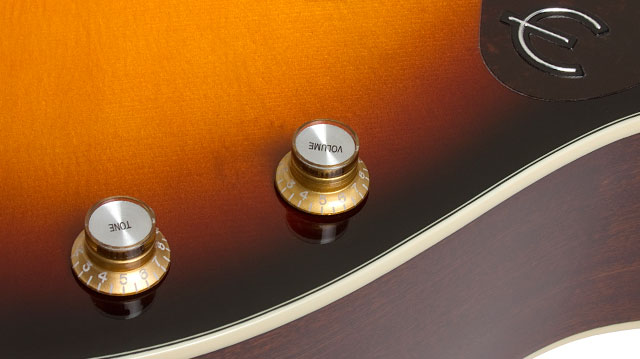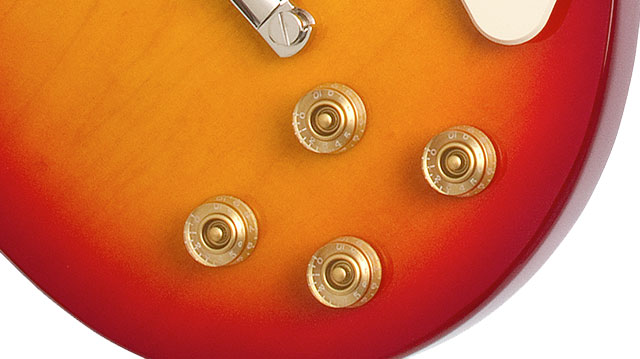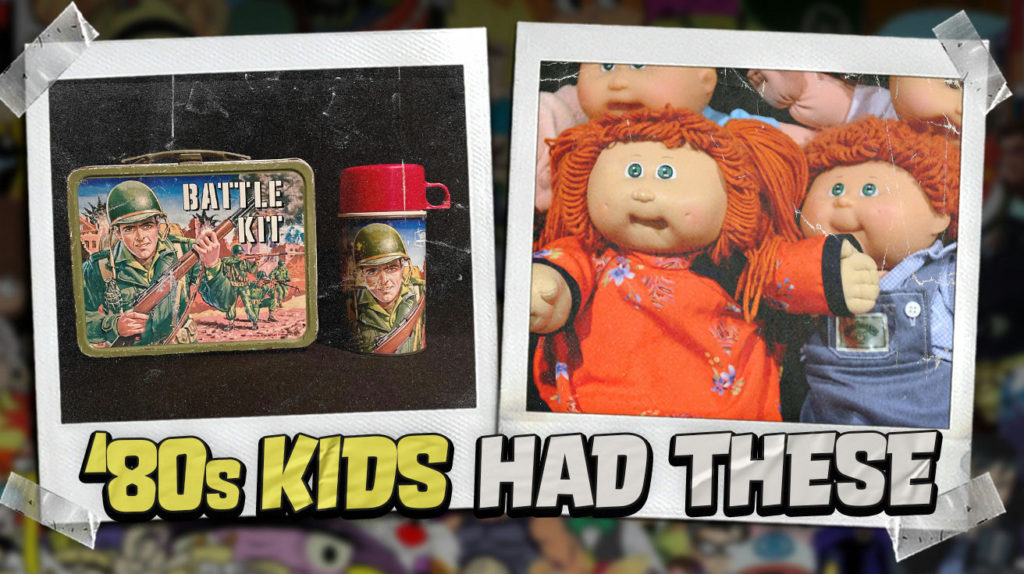
Mixtapes required dedication, timing, and genuine emotional investment that modern playlists can’t replicate through simple drag-and-drop convenience. Friends recorded songs off radio while avoiding DJ interruptions, creating personalized soundtracks that captured relationships better than photographs ever could.
Perfect transitions meant artistic achievement worthy of Grammy recognition and peer approval. Tangled tapes received **pencil# 25 Back-to-School Essentials That Absolutely Ruled the 1980s
Step into a time capsule where neon ruled supreme and hairspray defied physics. The 1980s transformed back-to-school shopping into cultural warfare, where your supplies declared your social allegiance with nuclear precision. Did you rock a Trapper Keeper or settle for tragic folders? These 25 essentials separated the cool kids from the cafeteria exiles. Each item carried social weight that would make today’s influencers weep. From Lisa Frank’s rainbow fever dreams to metal lunchboxes that survived playground apocalypses, every choice mattered. These weren’t just school supplies—they were identity statements wrapped in plastic and pride.
25. Metal Lunchboxes as Battle Armor
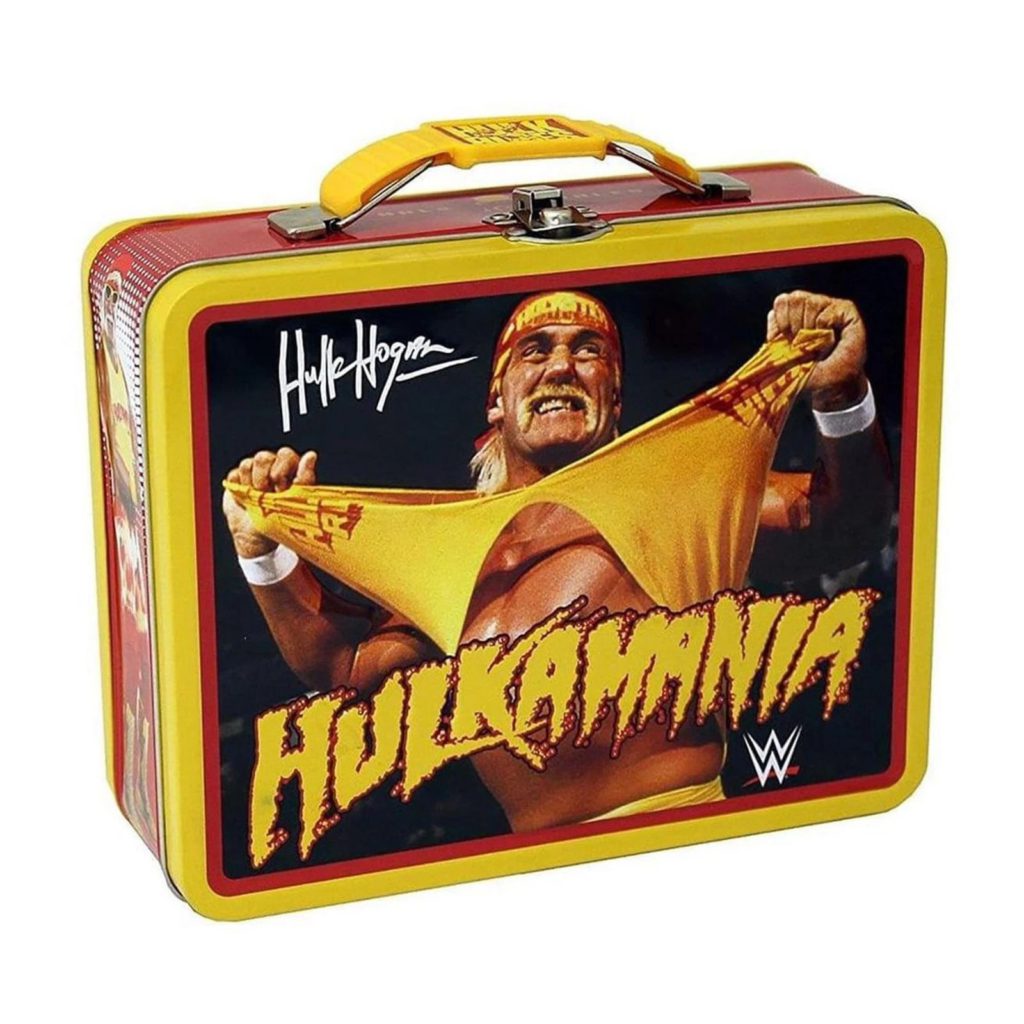
Metal lunchboxes survived nuclear-level playground abuse while broadcasting your cultural allegiances to anyone within shouting distance. Star Wars boxes announced you understood epic storytelling; Kiss lunchboxes declared rock rebellion at the tender age of eight, especially after the band’s 1983 “Lick It Up” album dominated MTV rotation.
These indestructible containers protected more than sandwiches—they safeguarded reputations and trading card collections. The thermoses inside kept drinks cold while external graphics kept playground conversations flowing. By high school, carrying one meant either supreme confidence or complete social disconnect from mainstream lunch bag conformity.
24. Cabbage Patch Kids Chaos

Created by Xavier Roberts in 1982, Cabbage Patch Kids triggered purchasing hysteria that defied rational economic explanation through strategic scarcity marketing. Each doll arrived with unique names and birth certificates, making adoption ceremonies feel genuine despite vinyl construction and yarn hair that challenged traditional beauty standards.
Parents fought in stores while children dreamed of companions that inspired genuine affection regardless of unconventional appearances. These toys taught nurturing while adults learned harsh lessons about supply, demand, and holiday shopping combat that prepared them for future Black Friday warfare experiences.
23. Polaroid Camera Magic
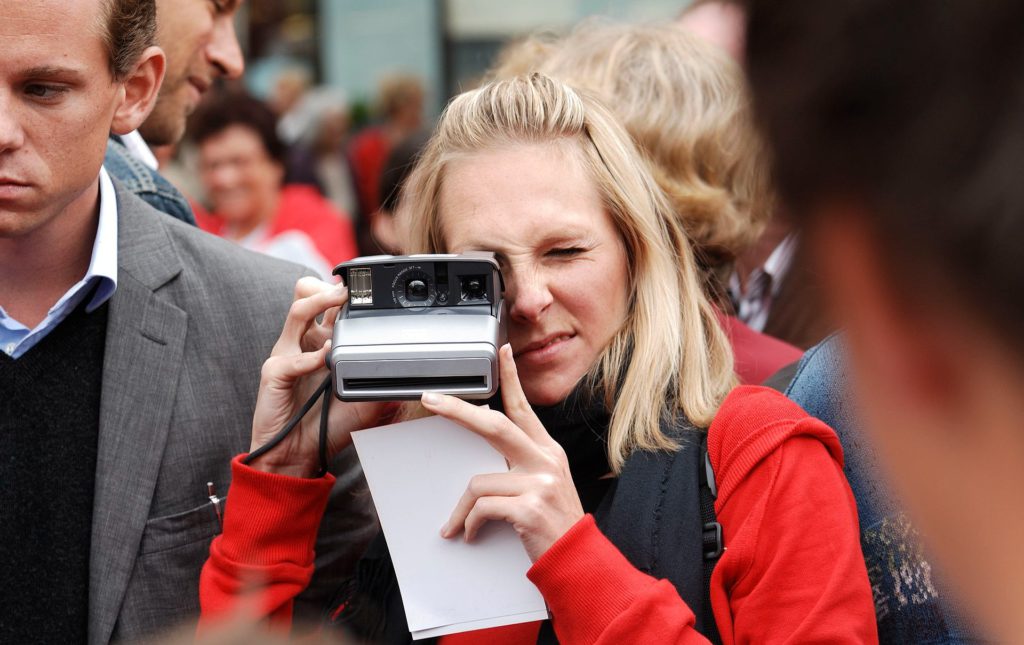
What happens when you combine impatience with photography? Polaroid cameras delivered instant gratification decades before digital photography made waiting obsolete. Point, shoot, shake—magic appeared in minutes through chemical processes that seemed supernatural to young minds witnessing technological miracles in real time.
Shaking photos felt essential despite manufacturer warnings suggesting otherwise. These instant memories preserved field trips, birthday parties, and friendship milestones through physical photographs that required protection and careful handling. Film costs made every shot precious and meaningful, unlike today’s endless digital deletion cycles.
22. Big Hair Physics
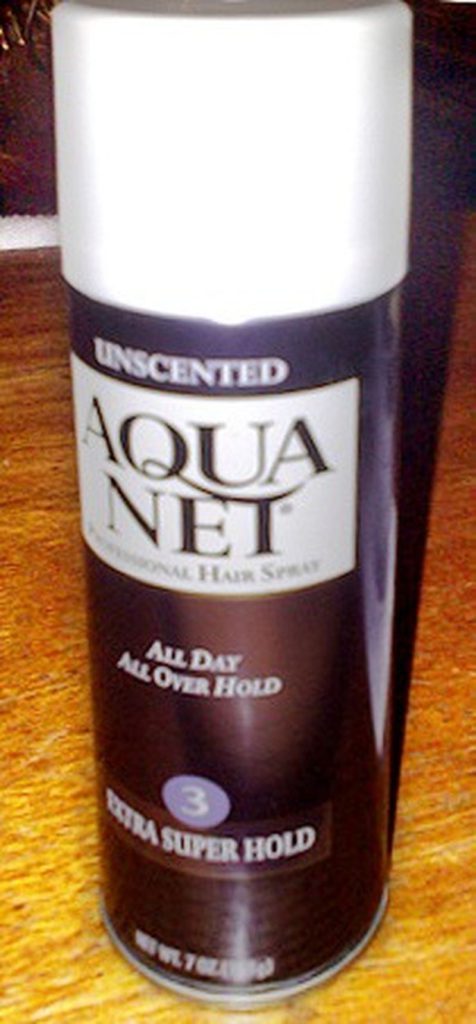
Hair defied gravity through chemical engineering and unwavering determination that challenged natural laws. Bigger meant better, requiring industrial amounts of Aqua Net hairspray and teasing techniques that transformed heads into architectural achievements worthy of structural engineering degrees and environmental concern.
Morning routines resembled chemistry experiments involving multiple products, specialized tools, and ozone layer destruction. These elaborate constructions demanded maintenance between classes and emergency repairs after windy days. Hair became sculptural art that required professional consultation to maintain properly throughout school hours.
21. Nintendo Entertainment Revolution
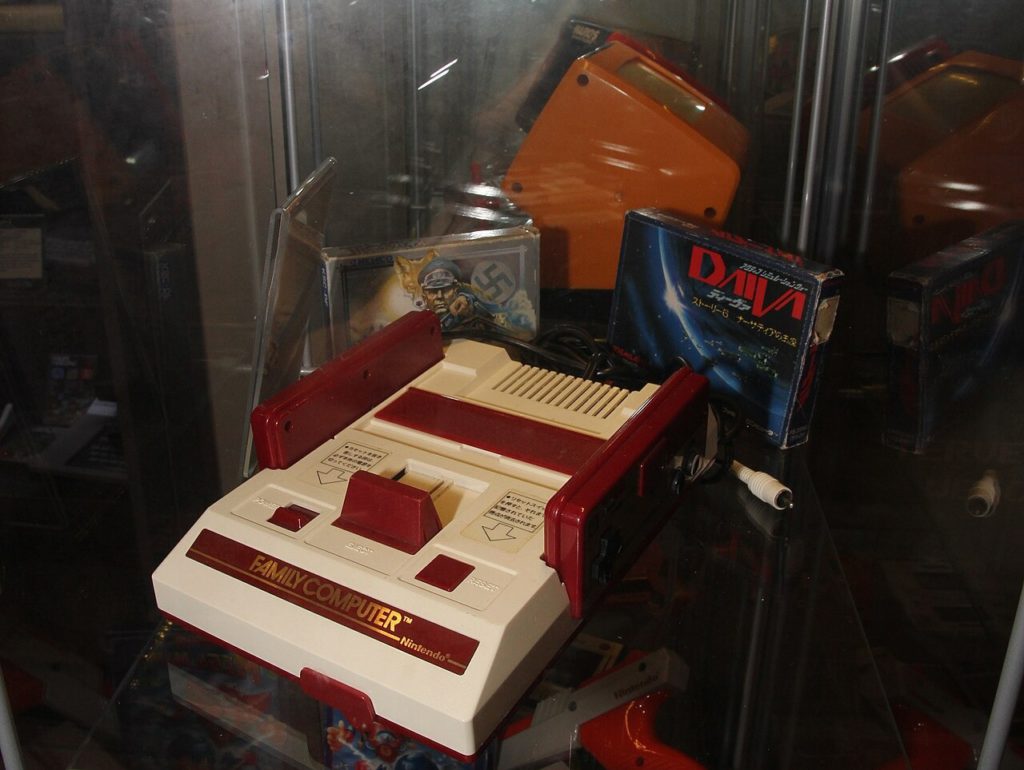
Released in 1985, Nintendo Entertainment System rescued home gaming from arcade jealousy through revolutionary eight-bit graphics that seemed impossibly advanced. Super Mario Bros. sold over 40 million copies while introducing side-scrolling adventures that consumed weekends and academic motivation with equal enthusiasm.
The simple controller design masked complex gameplay possibilities that trained thumb muscles for decades of future gaming. Nintendo proved home entertainment could rival arcade experiences while creating new art forms that would dominate future entertainment landscapes and destroy productivity worldwide.
20. Saturday Morning Cartoon Ritual

Before streaming algorithms destroyed collective viewing experiences, Saturday mornings meant appointment television that united households nationwide. Kids woke early for cartoon blocks—Scooby-Doo mysteries, Smurf villages, Transformer battles—while consuming alarming amounts of sugar through colorful cereal consumption.
The NBC peacock and ABC graphics became welcome sights signaling weekend entertainment arrival. Missing episodes meant permanent loss before DVR technology rescued modern viewers from scheduling tyranny. This weekly ritual created shared cultural references that bonded generations through animated heroes and sugar-induced euphoria.
19. Arcade Social Centers
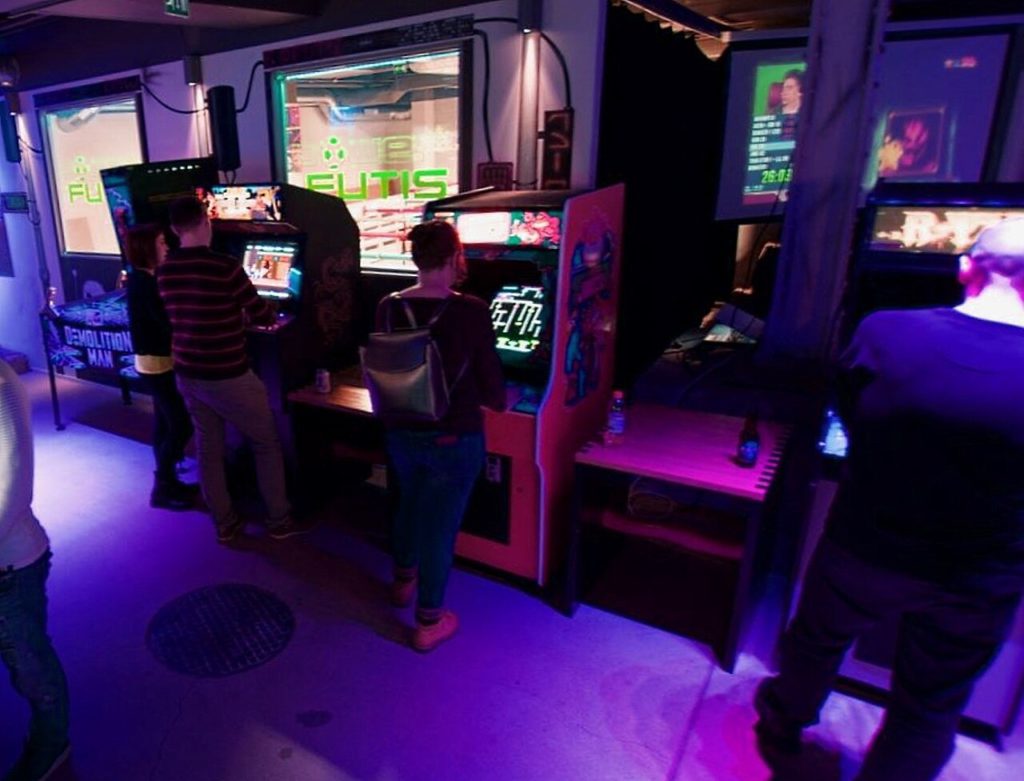
Before home consoles dominated entertainment landscapes, arcades offered social gaming through quarter-powered competition. Neon lights illuminated battlegrounds where Pac-Man gobbled dots and Donkey Kong threw barrels while players fought for leaderboard immortality and bragging rights.
These gathering places created communities around shared challenges and mutual frustration. The tactile controls and immersive sounds couldn’t be replicated at home, making arcade visits special occasions that taught social gaming, healthy competition, and advanced quarter management skills.
18. Scented Mr. Sketch Markers
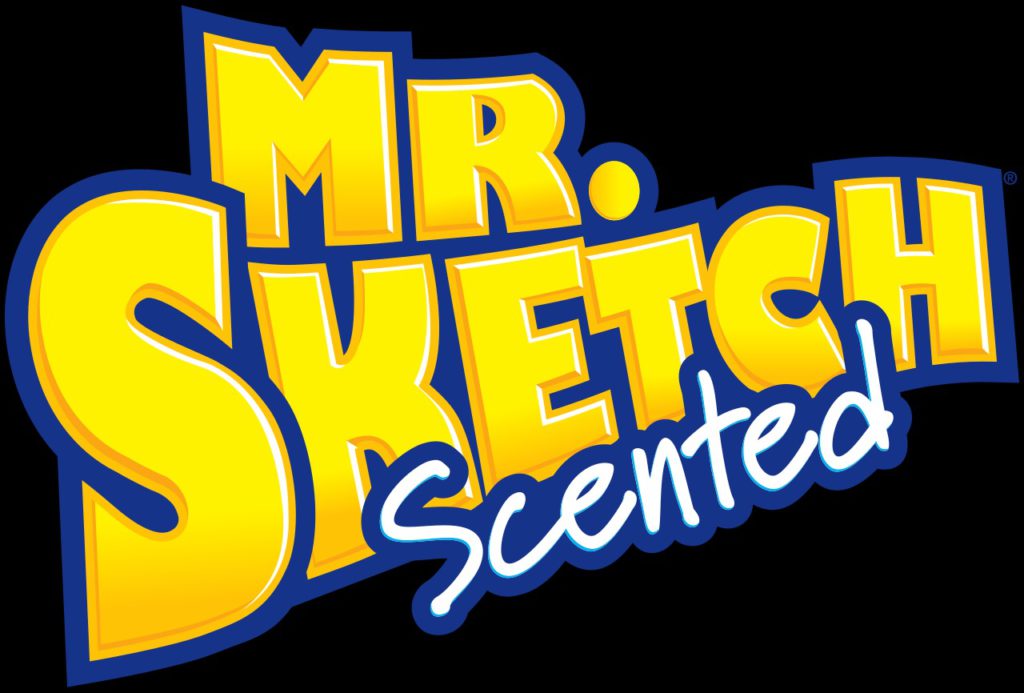
Introduced in 1965 but perfected for 80s classrooms, Mr. Sketch markers transformed art class into legitimate aromatherapy sessions. Strawberry red, chocolate brown, and blueberry blue turned simple drawings into multisensory experiences that made learning almost bearable for restless students.
The markers bridged creativity and nostalgia through smell, creating art that looked mediocre but smelled incredible. Students legally huffed markers while creating masterpieces that triggered instant time travel decades later. These weren’t just art supplies—they were sensory time machines disguised as educational tools.
17. Puffy Stickers Everywhere
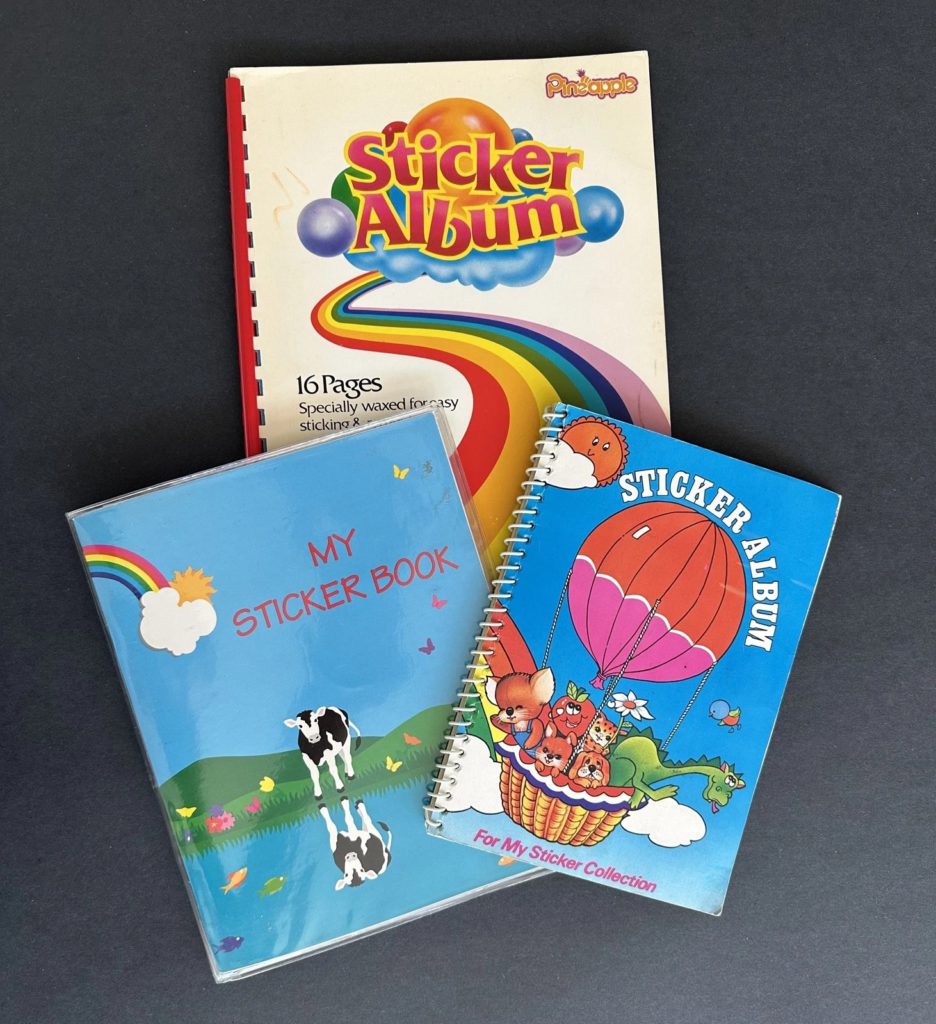
Puffy stickers transformed ordinary objects into tactile wonderlands that begged for constant touching. These raised adhesive decorations covered everything from Trapper Keepers to lockers, providing endless fidgeting opportunities during mind-numbing lectures about photosynthesis and cellular respiration.
Students collected puffy stickers like precious currency, trading rare designs for social advantages and lunch money. The goal transcended decoration—it was personality transformation through strategic placement. These innocent accessories carried surprising social weight, turning mundane surfaces into conversation starters and friendship catalysts.
16. Rubik’s Cube Madness
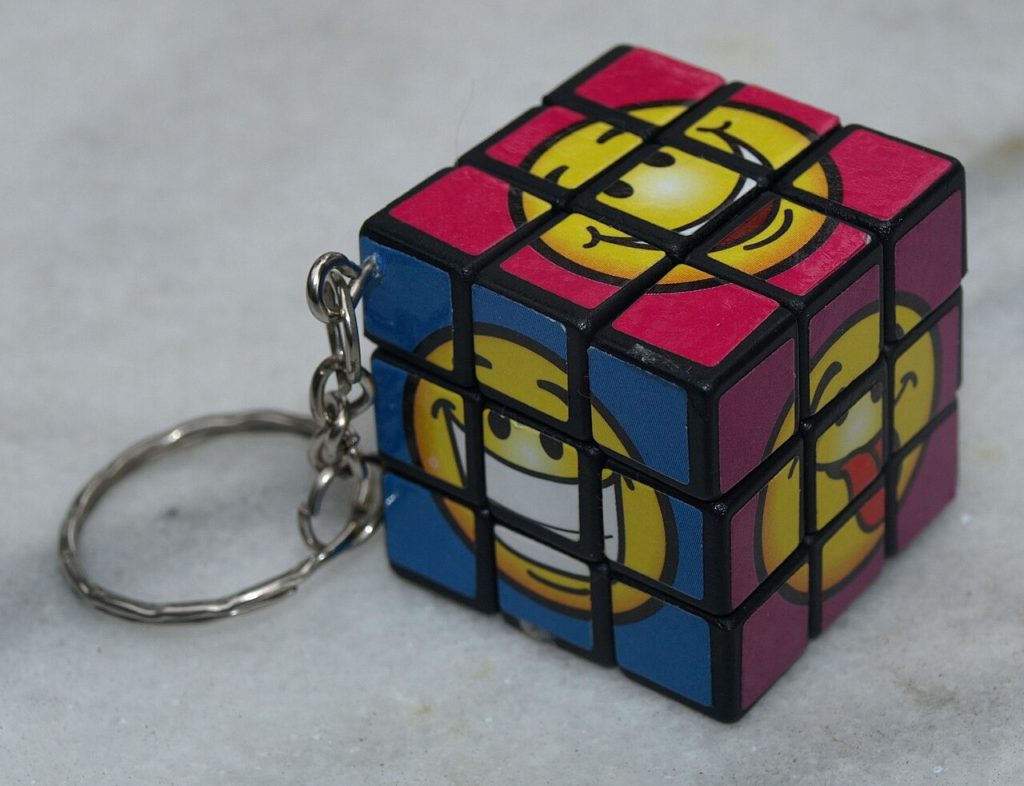
Invented by Hungarian professor Ernő Rubik in 1974 but reaching peak popularity in the early 80s, this puzzle challenged minds while systematically destroying patience through multicolored frustration. The cube appeared everywhere—desks, backpacks, nervous hands during standardized tests—as students twisted frantically.
Most players eventually resorted to strategic sticker peeling when algorithms failed and dignity crumbled. The cube represented both intellectual achievement and supreme frustration, teaching persistence, problem-solving, and the fine art of socially acceptable cheating when teachers weren’t monitoring puzzle progress.
15. Fanny Pack Freedom
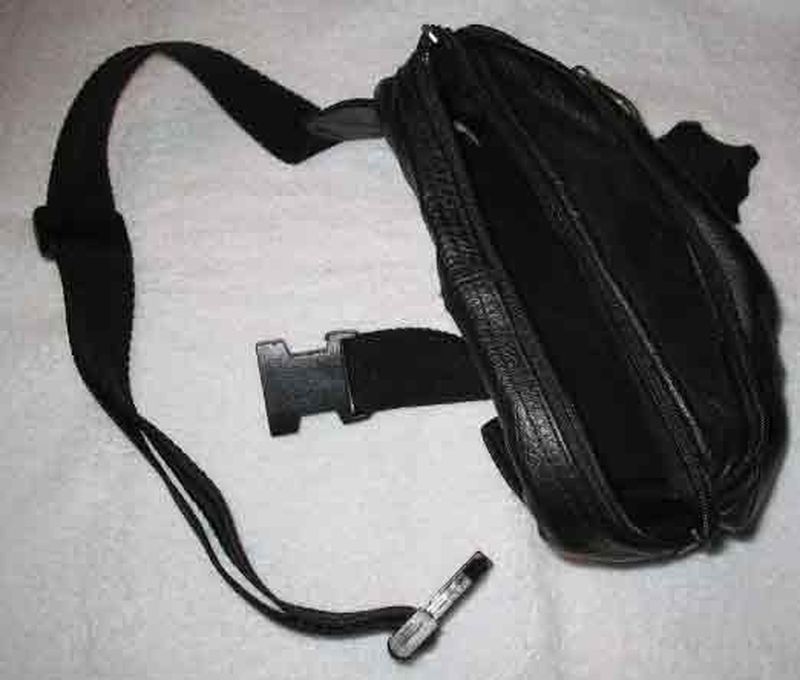
Fanny packs liberated hands while carrying essential survival gear in waist-mounted convenience that solved real logistical problems. Walkmans, cassettes, and emergency snacks traveled securely around waists through bright colors and bold patterns that announced practicality without shame or apology.
These accessories enabled adventure without burden, keeping valuables secure during playground activities and social navigation. Fashion critics emerged later, but functionality ruled the decade when hands-free convenience trumped aesthetic considerations that modern hindsight judges with unnecessary harshness.
14. Lisa Frank’s Neon Universe
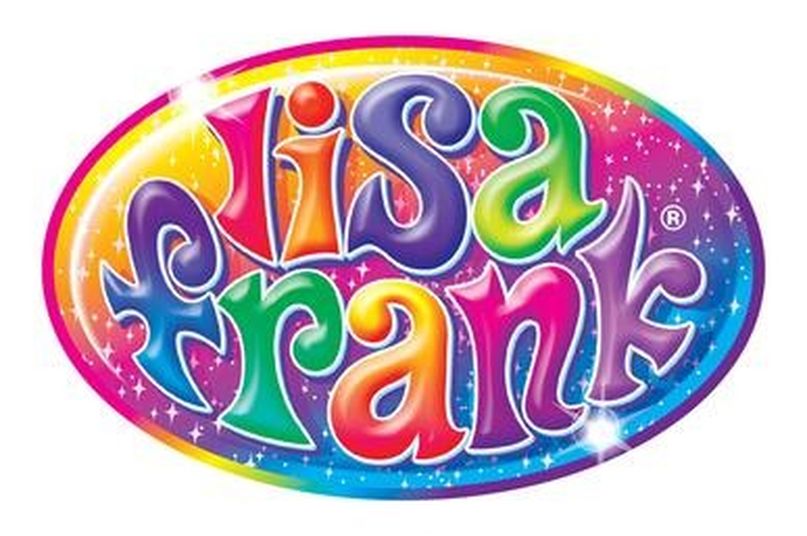
Founded in 1979, Lisa Frank Inc. turned ordinary school supplies into acid trips without the legal complications. Her designs exploded across every surface—folders, rulers, pencils, and stickers became canvases for maximum visual assault that challenged retinal endurance.
These weren’t mere decorations; they were personality declarations that could be spotted from space satellites. Owning Lisa Frank gear meant embracing joy with zero subtlety and maximum commitment to rainbow rebellion. The designs practically vibrated with color intensity that made highlighters look pale and depressed by comparison.
13. Blockbuster Video Nights
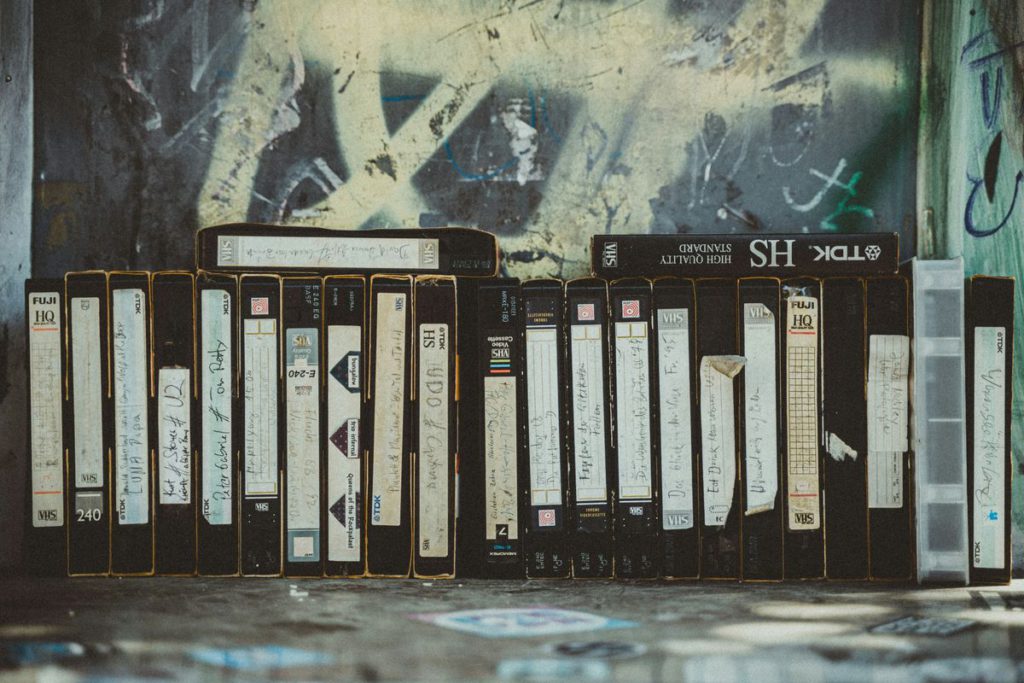
Founded in 1985, Blockbuster visits became family events requiring complex negotiation and diplomatic compromise between conflicting movie preferences. Aisles of VHS tapes offered endless possibilities limited only by availability and return deadlines that taught responsibility through late fee consequences.
“Be Kind Rewind” stickers reminded customers of analog courtesy while new releases created genuine excitement impossible to replicate. The physical hunt for entertainment couldn’t be matched by streaming algorithms that remove discovery elements from movie selection experiences.
12. Oregon Trail Computer Game
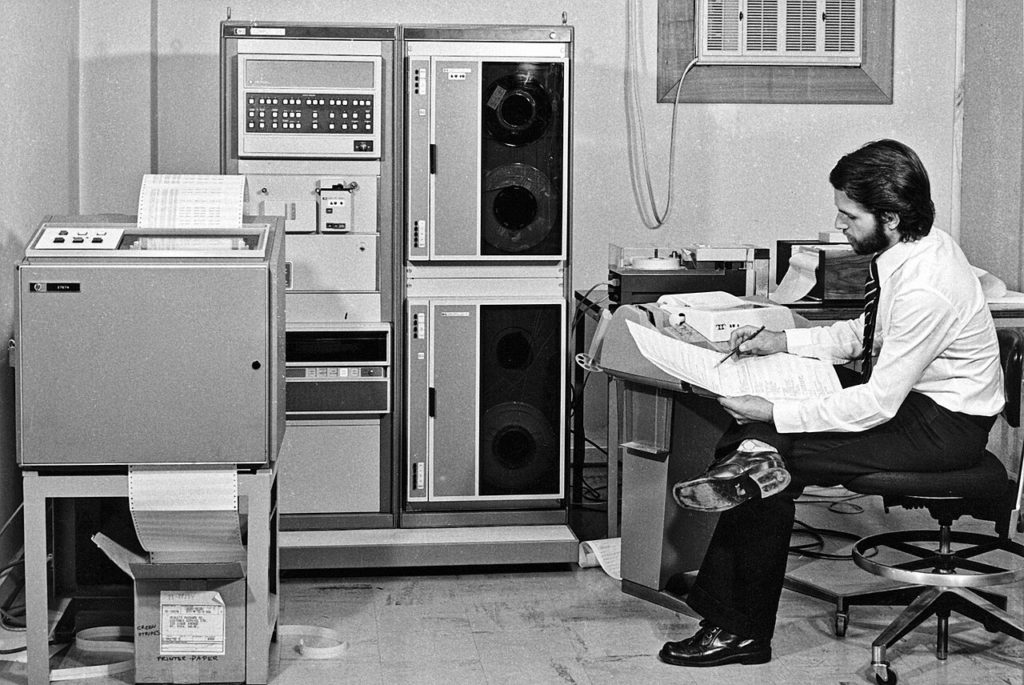
Created in 1971 but perfected for 80s computer labs, Oregon Trail taught American history through digital dysentery, making learning feel like adventure rather than punishment. This educational game transformed pioneer struggles into pixelated reality where students managed resources and discovered harsh historical truths.
The game emphasized brutal realities—disease, starvation, broken axles—that textbooks sanitized for younger audiences. Most players died from dysentery, creating shared traumatic memories that bonded entire classrooms. Teachers embraced this primitive technology because it made history tangible and memorable through interactive suffering.
11. Boom Box Culture
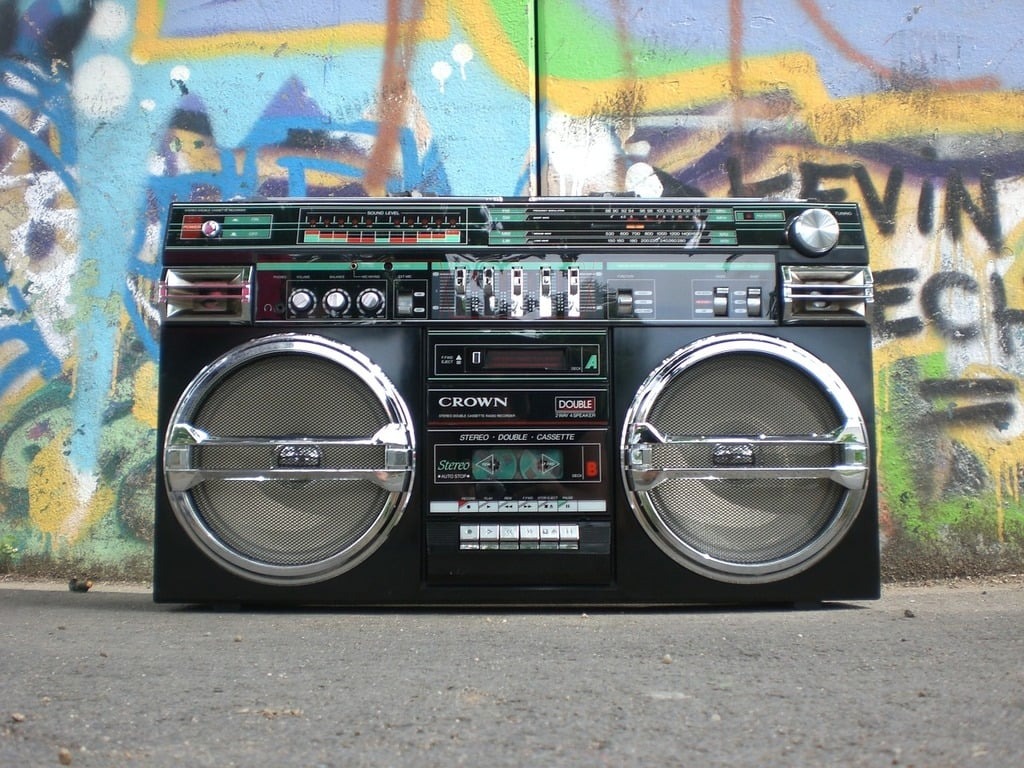
Boom boxes democratized music sharing through portable power that transformed any location into concert venues. These massive radios traveled to parks, beaches, and street corners where volume knobs determined social influence and battery life limited musical domination periods across neighborhoods.
Music became communal rather than private, creating spontaneous dance parties wherever electrical outlets or fresh batteries allowed. These cultural weapons spread musical trends while teaching complex politics of public space negotiation and neighborhood noise ordinance navigation.
10. MTV Revolution
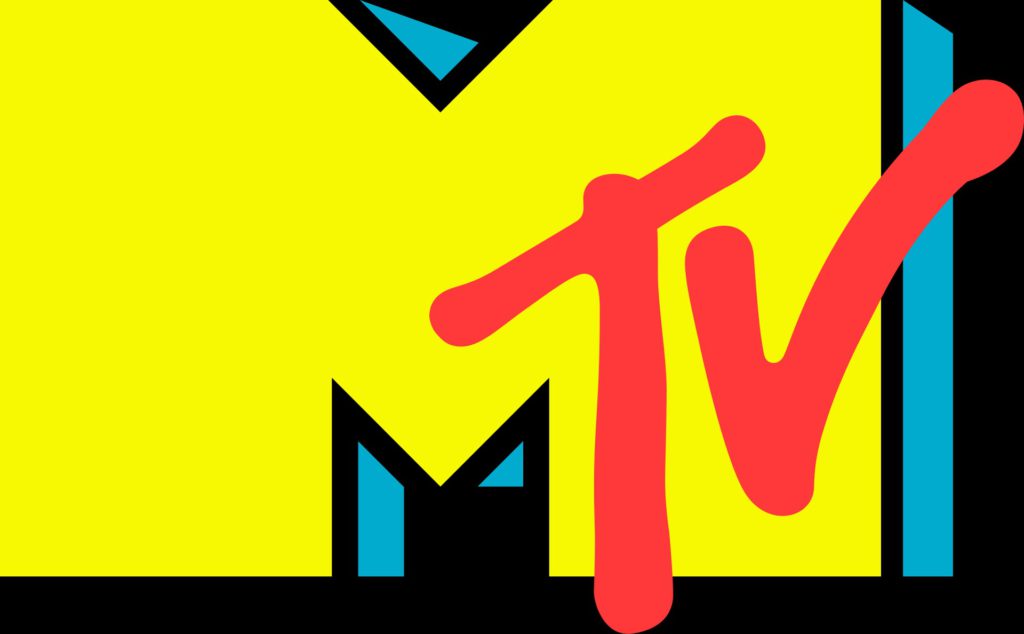
Launched August 1, 1981, with “Video Killed the Radio Star,” MTV transformed music consumption from audio to visual art, making appearance matter as much as sound quality. Michael Jackson’s moonwalk and Madonna’s rebellion played on repeat, creating cultural events rather than simple promotional materials.
Music videos became mini-movies that influenced film, fashion, and youth culture worldwide. The channel proved television could revolutionize entire industries while destroying careers of artists who couldn’t adapt to visual medium demands that prioritized performance over pure musical talent.
9. Chalkboard Symphony

Chalkboards dominated classrooms like ancient altars of knowledge, covering everything in fine white powder that coated lungs and clothing with equal enthusiasm. Students coughed through lessons while teachers scribbled wisdom in dust that triggered allergies and architectural nightmares.
The horrifying screech of fingernails on chalkboard sent shivers through spines and created instant classroom silence more effective than any disciplinary measure. Clapping erasers became punishment disguised as privilege, offering temporary escape from desk imprisonment while creating massive dust clouds.
8. Elmer’s Glue Rituals
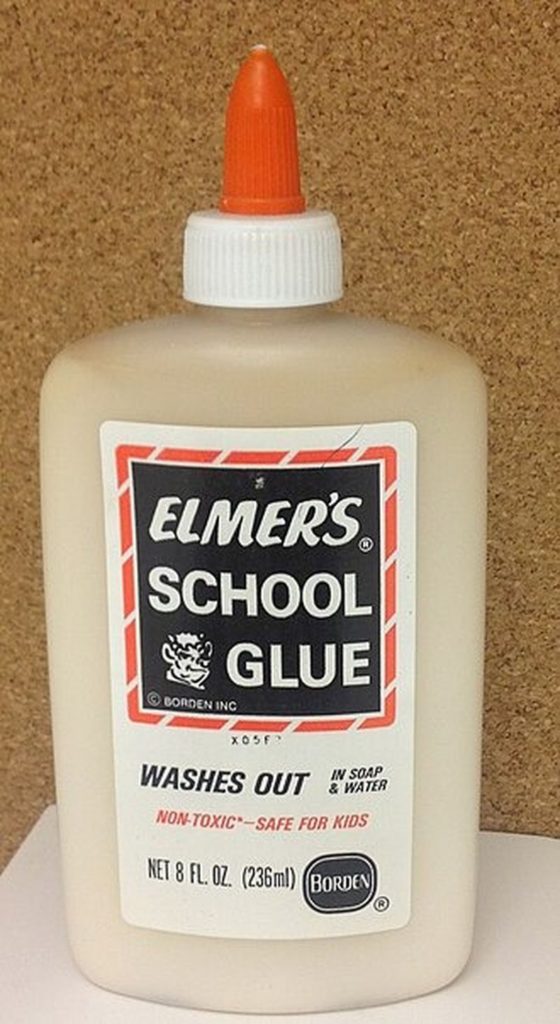
Elmer’s glue served dual purposes—construction paper bonding and unauthorized entertainment that teachers pretended not to notice during particularly boring lessons. Students painted glue on palms, waited for crystallization, then peeled off satisfying sheets that provided classroom distraction.
The distinctive white liquid created temporary skin decorations while building memories that lasted decades beyond graduation. Teachers tolerated glue experiments because the alternative meant actual disruption of lesson plans. The orange cap became as recognizable as any corporate logo, representing both creativity and rebellion.
7. Walkman Personal Concerts

Introduced by Sony in 1979, Walkmans democratized music consumption by offering private concerts anywhere batteries lasted. Foam headphones delivered personal soundtracks while blocking external reality, creating portable bubbles of musical independence that transformed mundane moments into soundtrack-worthy experiences.
Battery life determined listening sessions, making every moment precious and carefully planned around AA alkaline availability. Students walked hallways with secret soundtracks, heads bobbing to invisible rhythms that announced musical sophistication. This portable revolution granted freedom from family stereo systems and radio programming tyranny.
6. Cardboard Pencil Boxes

Cardboard pencil boxes served as miniature art galleries showcasing weekend cartoon preferences with surgical precision. Race cars appealed to speed demons while My Little Pony attracted rainbow enthusiasts seeking pastel perfection. G.I. Joe boxes meant serious business; Care Bears suggested dangerous levels of sensitivity.
These rectangular containers organized supplies while broadcasting identity like tiny billboards for Saturday morning loyalties. The graphics told detailed stories about bedroom poster collections and cartoon allegiances. Durability lasted exactly one semester, but the cultural statement endured until replacement became absolutely necessary.
5. Jelly Shoe Fashion Statement
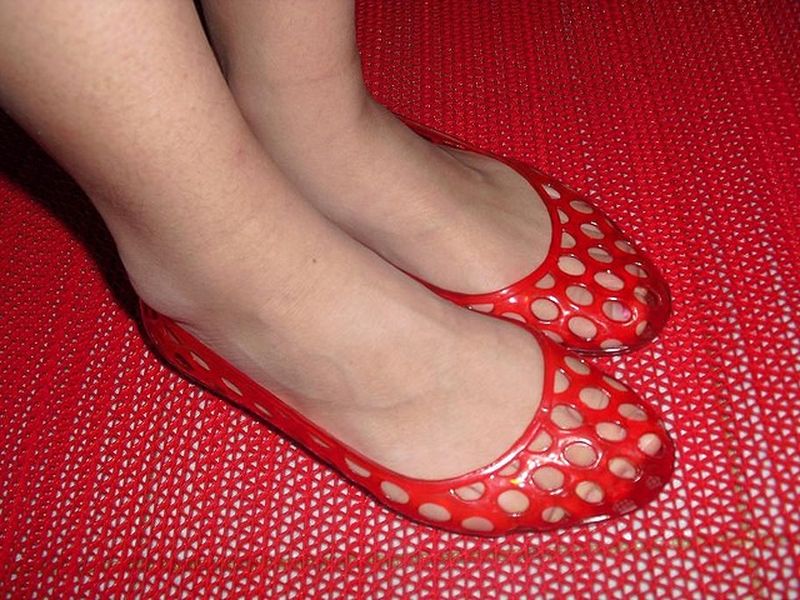
Jelly shoes prioritized style over comfort through translucent plastic construction that trapped heat and created blisters with artistic precision. Neon socks glowed through clear material, creating layered fashion statements that announced dedication to trends regardless of physical consequences or common sense.
These uncomfortable accessories embodied 80s fashion philosophy—bold choices trumped practical considerations every single time. The plastic construction caused foot torture rivaling medieval devices, but visual impact justified suffering for those committed to decade-defining aesthetics that prioritized appearance over comfort.
4. Pencil Toppers and Trolls

Pencil toppers turned writing utensils into entertainment systems that made homework slightly less torturous for distracted students. Troll dolls with shock-therapy hair crowned ordinary pencils while googly-eyed creatures bounced with every letter formation, providing constant distraction during standardized testing marathons.
These tiny accessories offered comfort during stressful moments and entertainment during boring ones like social studies lectures. The wild hair colors—pink, green, orange—defied natural laws while sparking creativity. Students petted the fuzzy hair for luck during pop quizzes, transforming school supplies into emotional support systems.
3. DARE Program Propaganda
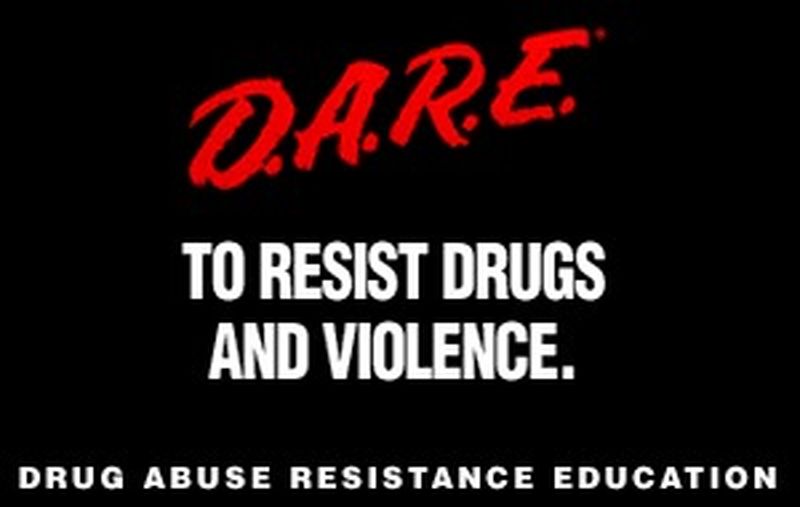
Launched in 1983, DARE posters lined hallways like educational wallpaper, delivering anti-drug messages with comic book intensity that made Nancy Reagan proud of her “Just Say No” campaign. The red and black graphics screamed danger while teaching resistance strategies through fear-based marketing.
Officers visited classrooms making drug education feel like military briefings complete with badges and serious expressions that impressed elementary students. The program created shared cultural experiences through memorable slogans that burned into memory decades later, proving that repetitive messaging works regardless of actual effectiveness.
2. Mixtape Love Languages

Mixtapes required dedication, timing, and genuine emotional investment that modern playlists can’t replicate through simple drag-and-drop convenience. Friends recorded songs off radio while avoiding DJ interruptions, creating personalized soundtracks that captured relationships better than photographs ever could.
Perfect transitions meant artistic achievement worthy of Grammy recognition and peer approval. Tangled tapes received pencil surgery, proving music’s value through manual restoration efforts. These analog love letters demanded physical labor that made every compilation precious and meaningful beyond digital convenience.
1. The Trapper Keeper Revolution
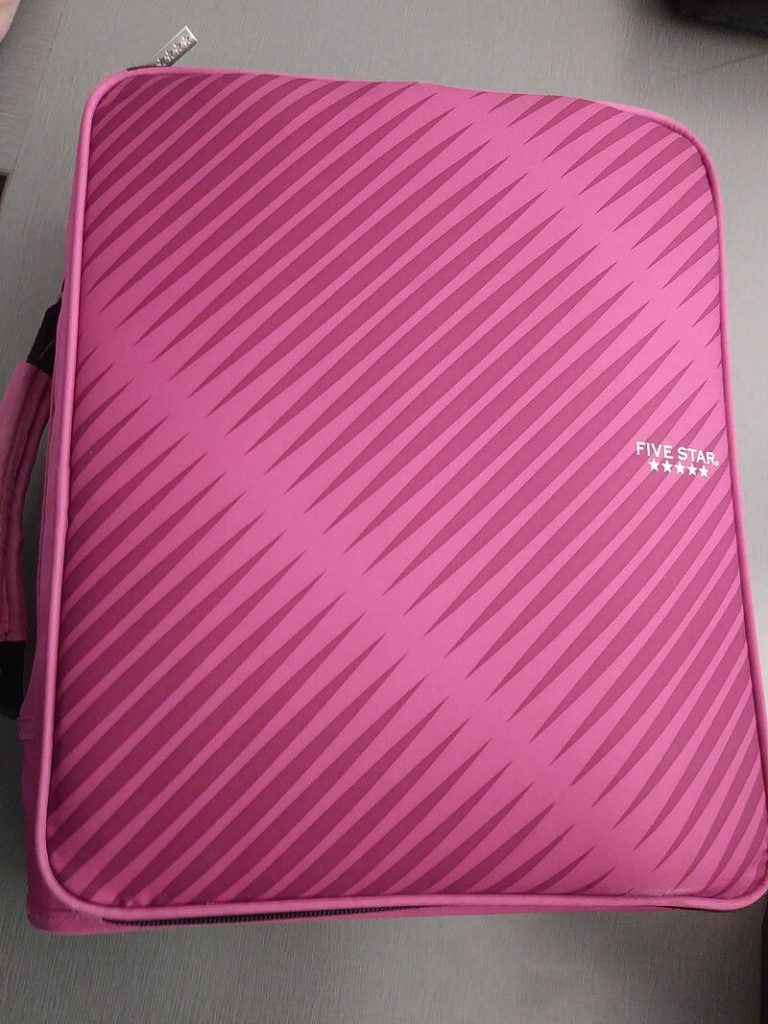
Launched by Mead in 1981, the Trapper Keeper wasn’t just a binder—it was a social hierarchy system wrapped in velcro destiny. These organizational marvels featured closures that sounded like victory itself while containing homework chaos within plastic fortress walls.
Later designs showcased everything from Garfield’s lasagna obsession to geometric patterns that screamed “I understand the future better than adults.” Students clutched these status symbols like medieval shields against academic chaos. Having the right Trapper Keeper meant surviving middle school politics; the wrong choice guaranteed social exile until Christmas break offered merciful redemption.
